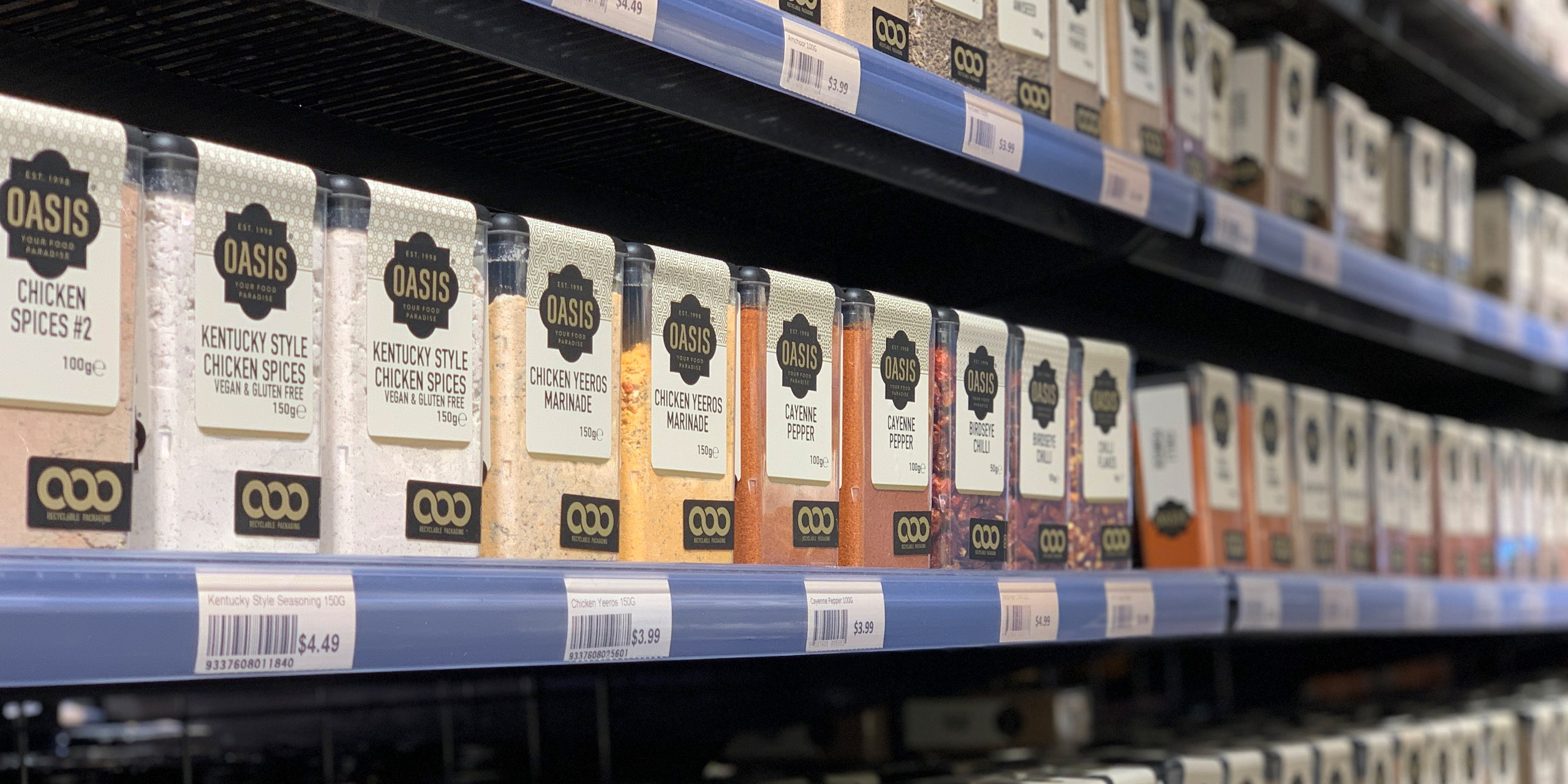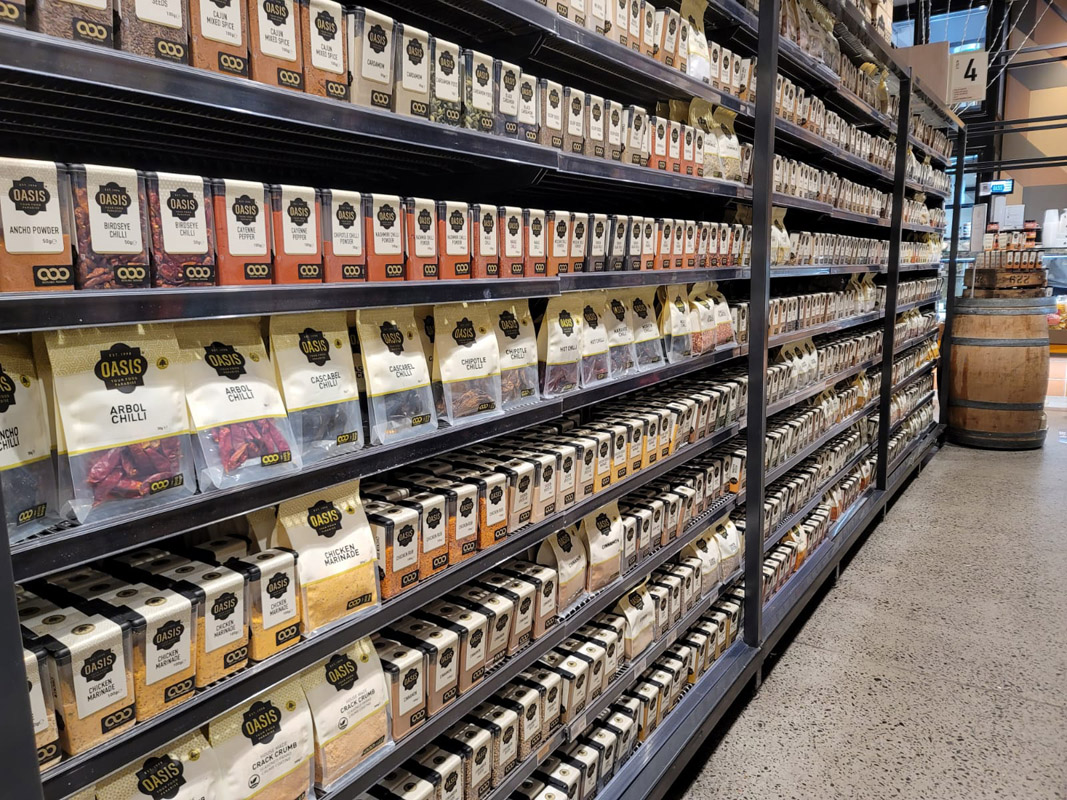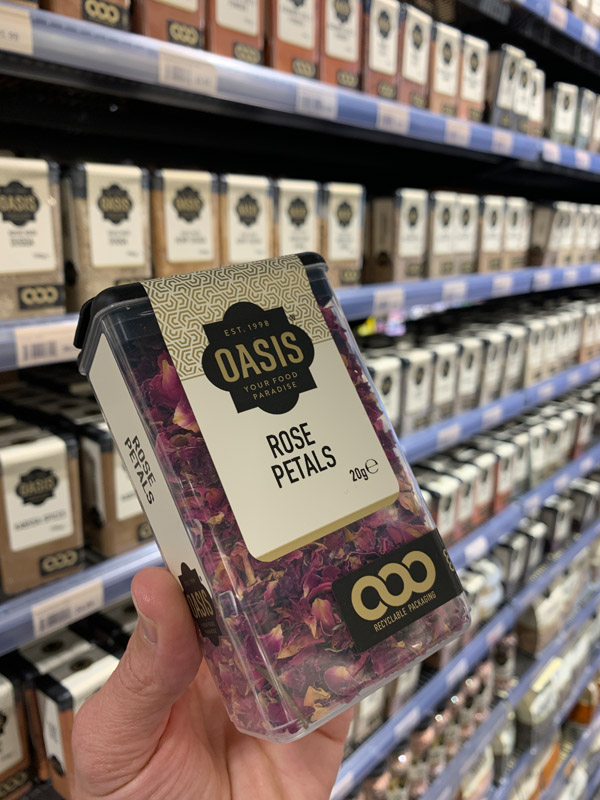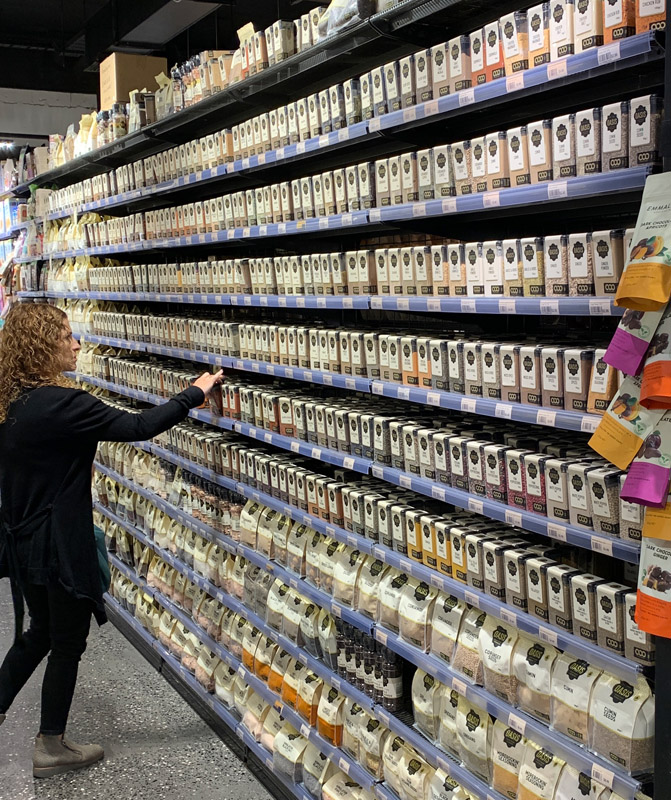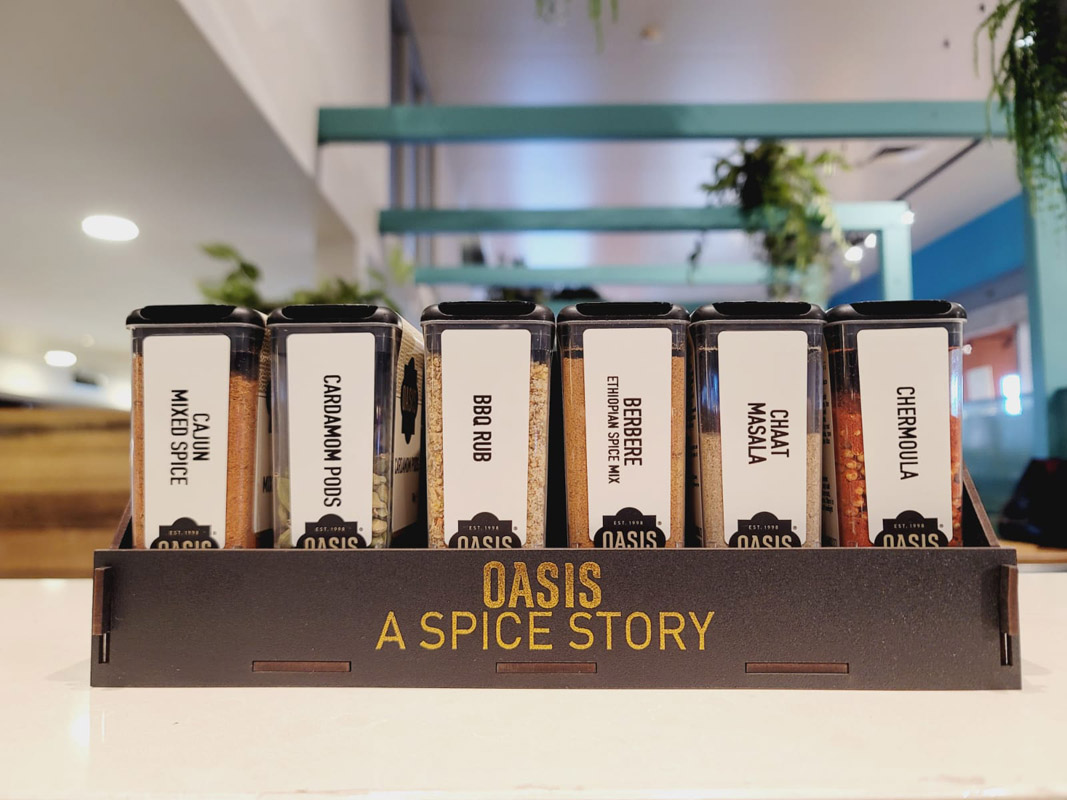The development of the Reusable shaker was undertaken through a design and user-led approach over a 2.5-year period. Design support was from brief through trialling to production launch and supply.
A visual study of the development flow and a final case study outlining the key steps below can be found in the "Additional Info" tab.
Key steps undertaken were as follows:
Empathy
- A deep study was undertaken of the spice category locally and abroad.
- Short ergonomic exercises were conducted reviewing various dispensing methods. Aligned category review occurred in other one-handed dispensing formats
- In-home Ethnographic research was conducted to verify usability and storage methods by a small sample of local consumers
Define
- Pivoting off the form vision of Ely Makool, key visuals were created to validate the offer to the target audience.
- Here mechanical tamper evidence features were explored and replaced with more friendly over-wrap labels and a removable press-fit lid began to be explored as an option for "reusability"
Ideate
- With a direction made around reusability initial 3D CAD was created to validate the form, fit and volume targets for the spice range could be attained.
- Here the design begins its early refinement for proportion and balance.
Prototype
- Early 3D Printed functional models were created to validate the operation of the double integral hinged lid, press-fit feature, and decanting methods.
- Adjustments were made on the design to better suit teaspoon decanting which impacted the overall proportion and size of the package.
- The looped phase between CAD and Prototype development was conducted 3 times as we refined the design
Test
- We conducted 2 Tool trial runs refining the press-fit and the closure to control spice egress
Launch
- Final production was only cleared once approved by Ely and meeting their needs for appearance, usability, filling speed and refill ability in store.

